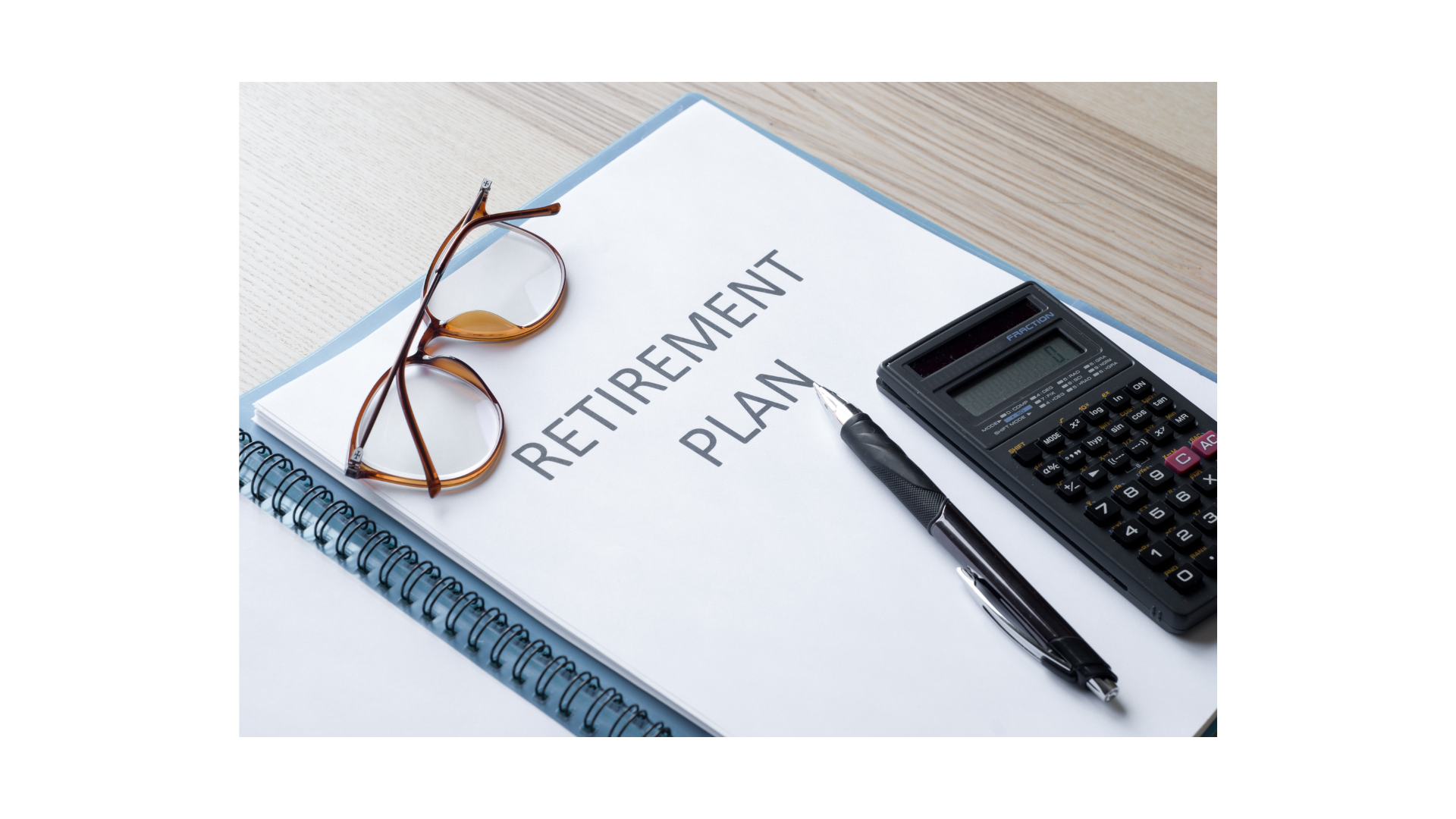The Roth 401(k) has become an attractive investment account, with investors attracted to their qualified tax-free withdrawals and contributions which receive after-tax treatment. But like other 401(k) plans, the Roth 401(k) carries with it numerous rules that impact their ultimate tax treatment. Understanding these rules is critical for optimizing your tax consequences.
Tax-Free? Really?
Distributions from your Roth 401(k) qualify for tax- and penalty-free treatment if the following are met:
- The participant reaches the age of 59 1/2 or in the event of the participant’s death or disability AND
- The participant has held the account for at least five tax years.
If the distribution does not meet these requirements, they are characterized as non-qualified and are subject to income taxes and possibly penalties.
Rollover Options
If you have been contributing to a Roth 401(k) while working at an employer and then leave that employer, you have a few options:
- Maintain the 401(k) with your (now) previous employer
- Rollover the 401(k) balance into another employer-sponsored retirement plan that allows for rollovers
- Rollover the account into a Roth IRA
- Cash out the account value
While all of the above options generally have no tax consequences, if you decide instead to cash out from your plan and the cash out does not meet qualified distribution requirements, you will incur a tax obligation on the distribution that represents earnings and possibly a 10% additional federal tax.
Minimum Distributions
The minimum distribution requirements for both Roth 401(k) and traditional 401(k) plans are similar and begin when participants reach age 72 (the age was increased from 70 1/2 on January 1, 2020. Account holders who turned 70 1/2 prior to that date are subject to the old rules). However, Roth IRAs do not require account holders to take distributions during their lifetime.
Other Considerations
Contributions made to a Roth 401(k) incur tax obligations when made, making them attractive when you anticipate that tax rates are likely to increase or you expect your income to rise significantly over time. If either of these scenarios fit your situation, by locking in present day tax rates, you may avoid future tax increases.
Additionally, if your income places you in a high tax bracket that prohibits you from contributing to a Roth IRA, a Roth 401(k) may be advantageous. In 2020, the phase out for Roth IRA eligibility begins at modified adjusted gross income of $124,000 for single taxpayers and $196,000 for married individuals filing jointly.
This information is not intended to be a substitute for specific individualized tax advice. We suggest that you discuss your specific tax issues with a qualified tax advisor.
This material was prepared by LPL Financial, LLC











